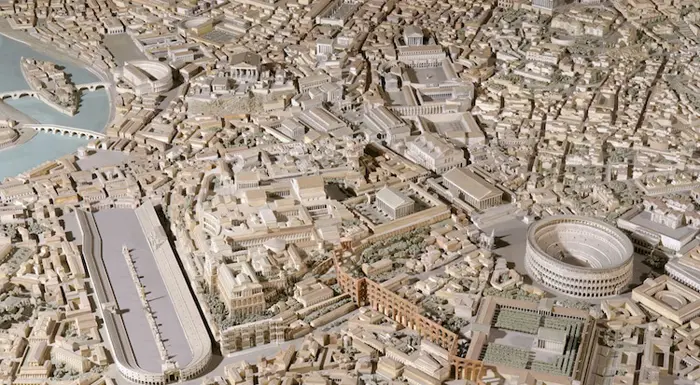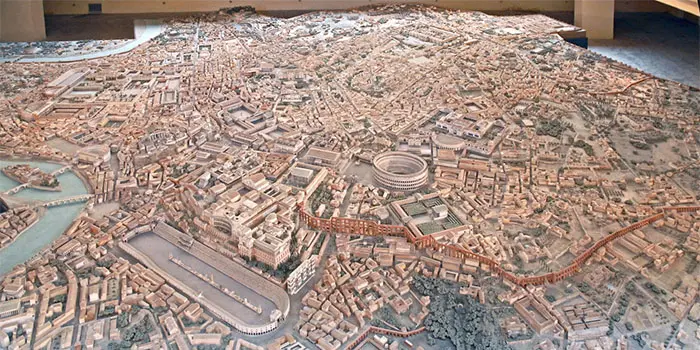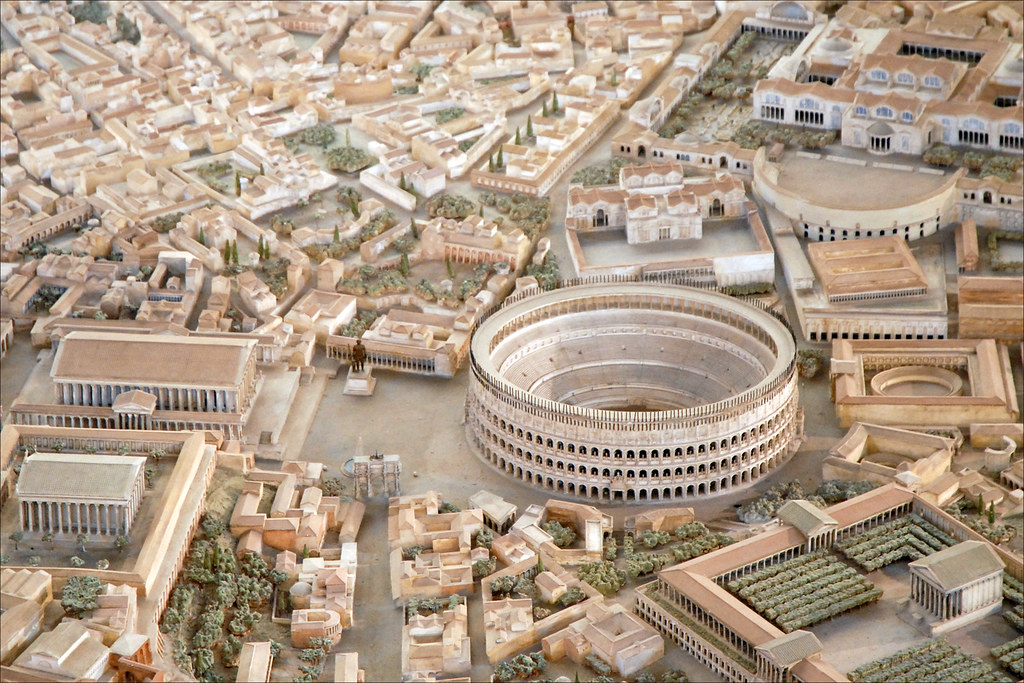In 1933, Italian Prime Minister Benito Mussolini commissioned archaeologist Italo Gismondi to create a scale model of ancient Rome. In order to replicate the layout of ancient Rome, Gismondi used Rodolfo Lanciani’s Forma Urbis Romae which was published in 1901. Lanciani’s map was based on a massive marble map of the ancient city created under the reign of Septimius Severus between 193 and 211 CE. However, the peak of Roman civilization took place under Constantine I in the 4th century AD (306 – 337 CE). The Forma Urbis Romae provided a partial geography of the city. So, Gismondi had to probe further to reveal how Rome looked like in the 4th century AD. He worked on the scale model for over 35 years before he finally completed the Plastico di Roma Imperiale.

The famous plaster model is now on display in the Museum of Roman Civilization. This particular museum in Italy is devoted to feature the history of ancient Roman civilization. Gismondi’s Plastico di Roma Imperiale was permanently installed in the museum in the 1950’s. But Gismondi continued to expand and add touches to the plaster model until it was finally completed in 1971. The scale model was built on a scale of 1:250 and it measures 55 feet by 55 feet.
The Plastico di Roma Imperiale has become the main attraction at the Museum of Roman Civilization. Tourists, history buffs, and school children from around the globe are coming to see the masterpiece. Through this scale model, everyone now has the chance to see how Roman civilization fared during the ancient times. It has served as an educational tool and a setting model for film-making as well. As a matter of fact, film director Ridley Scott got his inspiration from the scale model’s details in the production of his film Gladiator (2000). In August 2014, the plaster model was put on a large exhibition as a tribute to the 2000th death anniversary of Caesar Augustus.
The Plastico di Roma Imperiale is 1:250 scale model depicting Roman civilization in the 4th century AD








